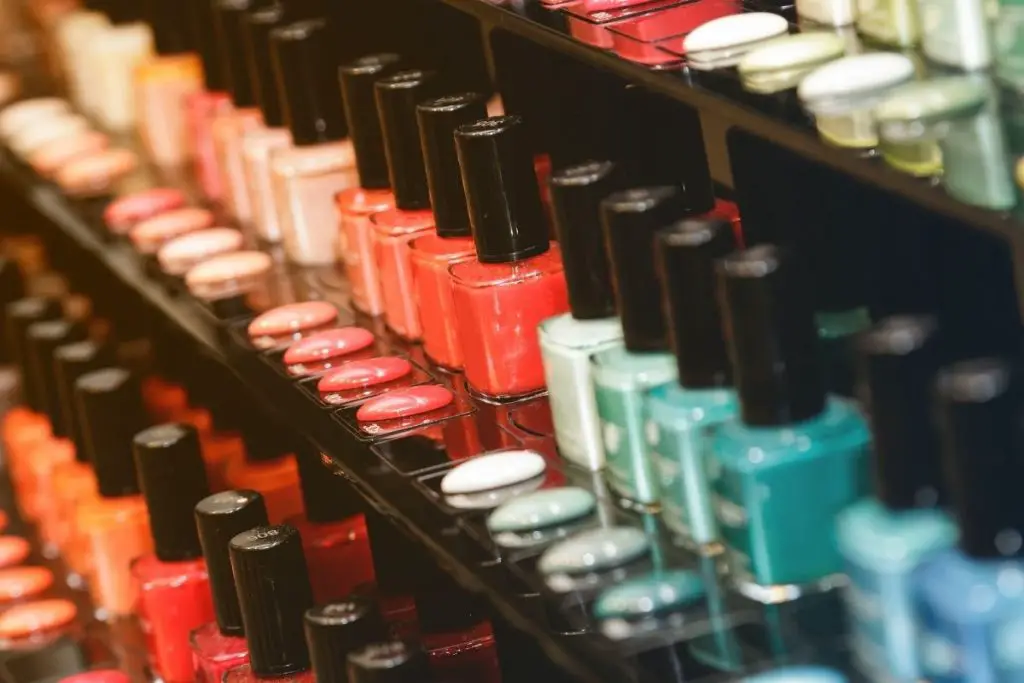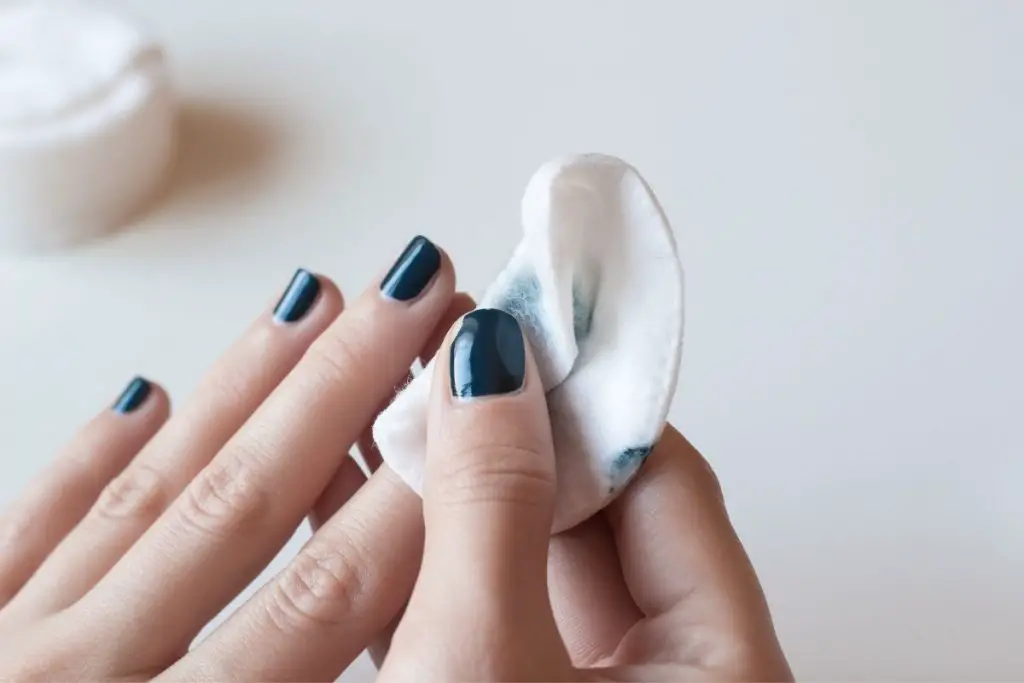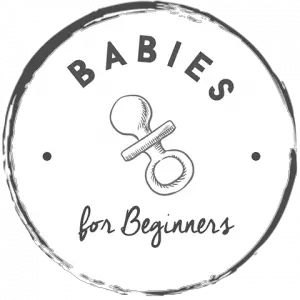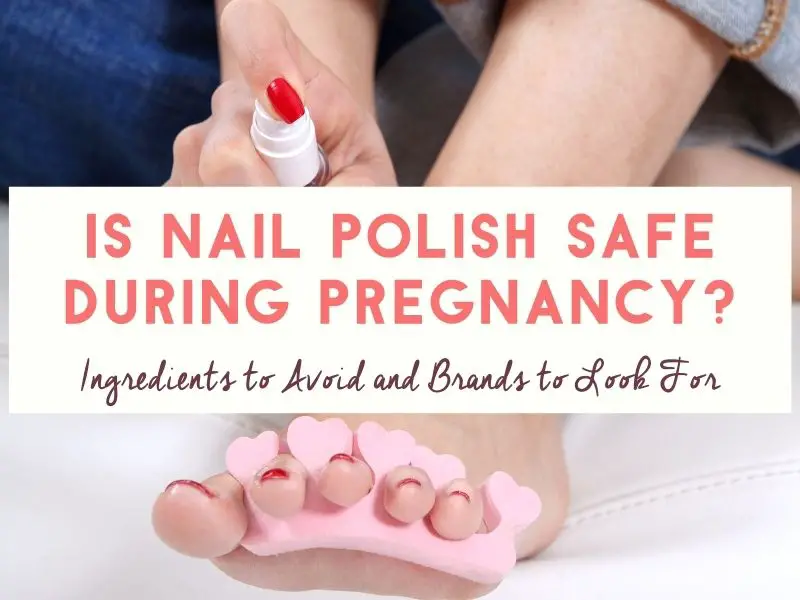When you’re expecting, keeping up with the list of everyday products that are safe for you and your unborn baby—and which aren’t—becomes the priority, especially if you’re used to using many body care and cosmetic products.
Nail polish is one item likely to cause you some confusion. Sure, nail polish may contain all kinds of mysterious, unpronounceable chemicals, but it’s meant to be applied to the outside of your body regularly. That’s got to make it safe, right?
But there’s also a common belief that it may not be safe to use certain types of nail polish while you’re expecting. But that doesn’t mean you’re sentenced to months of drab, unfabulous nails. It just means you need to know what potentially harmful chemicals in nail polish to look out for during pregnancy.
Can I Paint My Nails While Pregnant?
But to start, I’m sure you just want a clear answer, as I did, about if you can paint your nails while pregnant—so can you? Generally speaking, yes, nail polish is perfectly safe to use during pregnancy. While nail polish does count some questionable substances among its core components, most women would have a tough time using anywhere near the quantities it would take to significantly impact their health or that of their baby.
Why has nail polish gotten such a bad rap in prenatal preparedness circles? Most of the negative press has to do with the more extreme side effects of what many consider the “unholy trinity” of cosmetic chemicals: dibutyl phthalate (DBP), toluene, and formaldehyde. So let’s take a quick look at each one, so you can know what to look for and decide for yourself.

Dibutyl Phthalate
Of all the evils you’re likely to find lurking on your bathroom vanity, dibutyl phthalate (DBP) is one of the ones that you might want to fret over most.
Part of the reason is that DBP is everywhere. It, and other phthalate-based oils, are exceedingly useful for promoting suppleness and durability in plastics. Because of these virtues, they’re often incorporated into nail polishes to enhance coating and prevent chipping.
But these perks come at a cost. In high enough concentrations, exposure to DBP can cause hormone issues in developing fetuses. More specifically, phthalates like DBP disrupt the production of endocrine, an all-important hormone responsible for ensuring proper growth and development, regulating organ function, and controlling mood, among other things.
In fact, in a 2014 study published in PLOS ONE, phthalate exposure was found to be associated with deficits in children’s intellectual development at seven years old (2014, Factor-Litvak, Pam., et. al.)
The good news is that nail polish doesn’t contain enough DBP to pose much of a problem. Furthermore, many manufacturers have begun axing DBP as an active ingredient in their polishes altogether to appease parents. Taken together, both of these facts leave little reason to fear.
Toluene
Toluene is a distilled solvent that gives nail polish its trademark smoothness and glide. Other things it can give, in large doses, are fatigue, weakness, nausea, confusion, and short-term memory loss.
Toluene is absorbed through the skin relatively slowly, so slathering your cuticles with it isn’t as big a deal as you might think. The real danger with toluene isn’t touching it but breathing it, which is very easy to do if you work in a salon with poor ventilation or frequently paint your nails in enclosed quarters.
Women who regularly inhale toluene fumes are at risk of suffering permanent neurological damage. And, since the solvent can pass through the placenta and is detectable in trace amounts in breast milk, it may also lead to an increased probability of birth defects.
The best thing you can do to safeguard yourself and your baby from the adverse effects of toluene is to minimize your exposure to its fumes. Get in the habit of painting your nails outside, or, at the very least, crack a window. If you work in an environment where toluene is commonly used, talk to your supervisor about the possibility of taking steps to improve the air quality.
Formaldehyde
You’re probably already aware of some of the formaldehyde’s many women use, including fabricating building products, pressing paper, and serving as a preservative in cosmetics and (gulp) food products. What you may not know is how formaldehyde impacts human physiology.
Formaldehyde is an irritant to the skin, eyes, and airways. It’s also a known carcinogen, meaning it increases the risk of cancer in anyone who comes into prolonged, direct contact with it. For decades, anti-industrial activists have been exhorting manufacturers to stop including the compound in their products and warning consumers to keep their distance.
And they’re right—formaldehyde exposure is a health hazard, one that should give circumspect moms-to-be everywhere pause. But formaldehyde is also a naturally occurring chemical that’s completely harmless in low doses. It might surprise you to learn that you have formaldehyde in your body right now.
Use Nail Polish That’s 3-Free
In recent years, the phrase “3-Free” has entered into the consumer lexicon as a way of highlighting beauty products made without the treacherous trio of chemicals mentioned above.
If you have even the slightest concerns about what they or other unease-inducing substances could be doing to your body or the body you’re growing inside of it, hunting down certifiably 3-Free nail polishes is the way to go.
There’s no guarantee that a particular product will advertise itself as “3-Free,” so always make it a point to read the label carefully. Fortunately, most big-name brands have a good track record of being transparent about the things they put in their products since they face so much scrutiny from federal health authorities and independent watchdog organizations.

Is Nail Polish Remover Safe During Pregnancy?
Now that we know what nail polish products to look for, you’re probably also wondering about nail polish remover.
So, is nail polish remover safe to use during pregnancy? Yes, Most nail polish removers are made from acetone, which is a chemical that your body actually produces naturally. Externally, acetone will not hurt you in small amounts (Delaware Health and Social Services, 2009).
Your body produces acetone when ut break down fats so you can use them as energy.
It is also true that acetone may be harmful to your fetus if ingested in large doses, but the amount of acetone from nail polish remover will not cause any harm, especially if you’re just using it now and then and not working in a nail salon where you’d be breathing it in all day.
Alternative Nail Polish Removers
If you are still worried about the chemicals in nail polish removers, there are a few alternatives you’ll find generally available, but these products do contain some heavy chemicals as well.
Non–acetone polish removers usually contain ethyl acetate or nethyl ethyl keytone as their active ingredient.
These ingredients are also considered safe in small doses but are also toxic in large quantities.
Topically, these ingredients are gentler on the skin and on nails (especially fake nails that can become brittle with acetone use) they are less effective for removing nail polish than acetone.
In general, given that alternative ingredients are just as harmful as acetone, you might as well use the real stuff and have less exposure to it since it will work faster.
No matter what remover you choose, use it in a well-ventilated room and you, and your bump, should be fine.
Conclusion
If you enjoy painting your nails or pampering yourself with occasional manicures and pedicures, there’s no need to stop just because you’ve got a little one on the way. It’s totally possible to have dazzling nails and a happy, healthy baby.
If, however, you don’t want to take any unnecessary chances, there are several responsibly-made nail polishes that are free of DBP, toluene, and formaldehyde and therefore carry less risk. When you are using nail products while pregnant, do so in a well-ventilated area and wash your hands afterward.
These extra precautions may help you rest a little easier at a time when you need all the rest you can get.
References
Factor-Litvak, Pam., et. al. (2014, December 10). Persistent Associations between Maternal Prenatal Exposure to Phthalates on Child IQ at Age 7 Years. PLOS. Retrieved June 13, 2021, from: https://journals.plos.org/plosone/article?id=10.1371/journal.pone.0114003
Frequently Asked Questions: Acetone. (2009). Delaware Health and Social Services. Retrieved June 13, 2021, from: https://dhss.delaware.gov/dhss/dph/files/acetonefaq.pdf

